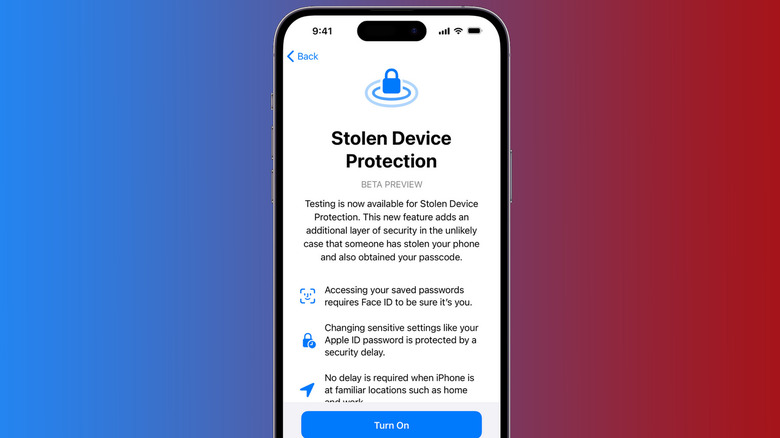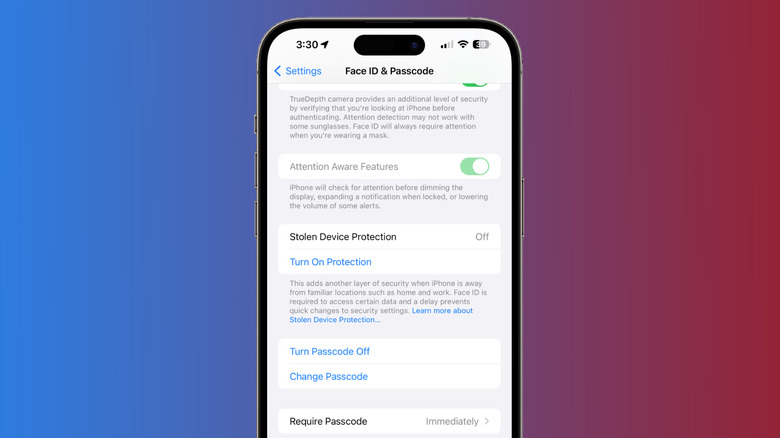iOS 17.3 Beta Brings Stolen Device Protection Feature To iPhones
Apple has released a new feature with the iOS 17.3 developer beta that adds a feature called Stolen Device Protection. It ensures that even if a thief gets a peak at the passcode and sneaks away with your iPhone, they won't be able to do much damage. The feature comes in the wake of an ongoing wave of thefts where pickpockets, armed with knowledge of a stolen iPhone's passcode, quickly lock out the owner's access, change the Apple ID credentials, and steal money from linked wallets and bank accounts.
The Wall Street Journal recently uncovered a prevalent iPhone theft method in which thieves observe victims entering their phone passcodes. Criminals quickly changed the Apple ID, granting them control to deactivate security features like Apple's Activation Lock or Lost Mode. The original owner loses access to their account and iCloud data. Thieves exploit this access for financial gain. One victim lost $10,000 from their bank account, while another victim had $1,500 fraudulently emptied from their Venmo wallet aside from thousands pilfered from their bank account.
Law enforcement officials say they've logged stolen iPhone reports amounting to roughly $300,000 in stolen funds linked to those incidents. This new theft form involves observing passcode entries or luring victims into revealing their passcodes under the guise of social interaction. The victims' stored passwords in Apple's iCloud Keychain exacerbate the situation, allowing thieves to bypass biometric data for banking fraud by receiving two-factor codes on the stolen device and emptying their precious iCloud data.
How to enable Stolen Device Protection on your iPhone
In order to enable the new feature, make sure you are running the latest developer beta of the iOS 17.3 build that was released earlier today. To activate it, follow this path: Settings > Face ID & Passcode > Stolen Device Protection. Once enabled, it makes Face ID mandatory for a wide range of sensitive processes, including the ability to reset Apple ID credentials and access passwords stored locally. Doing so ensures that only the phone's original owner can access the sensitive Apple account credentials by verifying their identity in person using a facial scan or Touch ID verification. Apple essentially seeks to minimize the extensive damage that a bad actor would otherwise inflict with just an iPhone's passcode and altered Apple ID credentials.
Next, the feature also enables a location-sensitive delay for changing Apple ID credentials. So, if someone wants to change your Apple ID password, they will need to wait it out. In that interval, the victim can choose to track their device using the FindMy network, remotely wipe their iCloud content, and file a lost device insurance claim with Apple. Furthermore, to avoid being pulled into any criminal conspiracy act tied to their iPhone, the theft victim can report the incident to law enforcement authorities and do the same with their cellular carrier partner to disable the mobile SIM functions.

